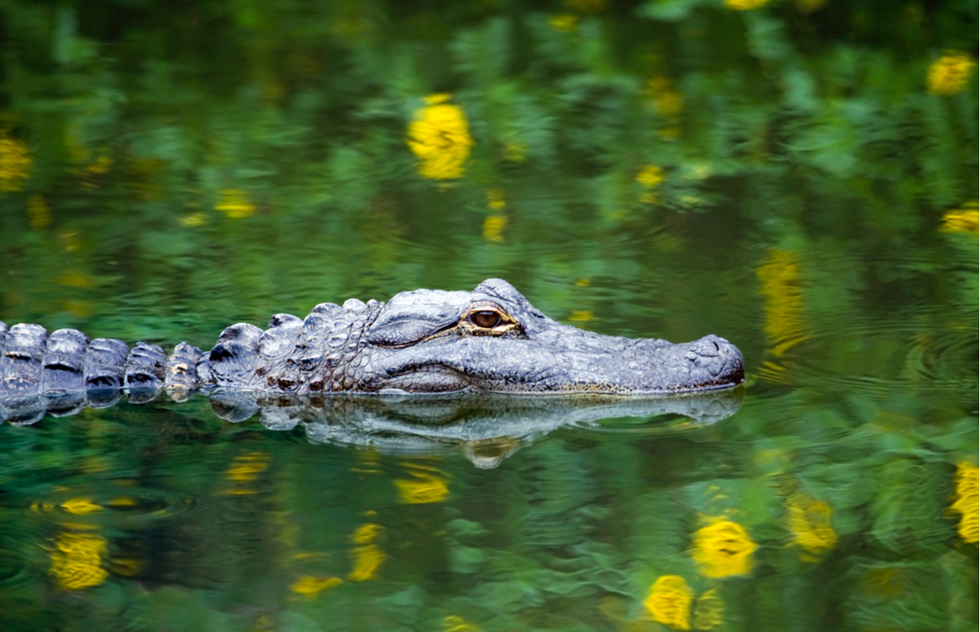35 miles SW of Miami
On December 6, 1947, when President Harry S. Truman was dedicating Everglades National Park, he called it "an irreplaceable primitive area." While those words don't exactly do justice to the Everglades and the surrounding Biscayne National Park, he clarified what he said: "Here are no lofty peaks seeking the sky, no mighty glaciers or rushing streams wearing away the uplifted land. Here is land, tranquil in its quiet beauty, serving not as the source of water, but as the last receiver of it. To its natural abundance, we owe the spectacular plant and animal life that distinguishes this place from all others in our country."It’s a smart way to describe this majestic area, which inevitably surprises visitors with its incredible variety of sights.
The absolute best way to see the [‘]Glades is via canoe, which allows sightseers to get incredibly close to nature. For those with mobility impairments, or dubious athletic skills, another option are airboats, which aren’t actually allowed in the park proper, but cut through the saw grass on the park’s outskirts. A walk on one of the park’s many trails provides a different vantage point: up-close interaction with an assortment of tame wildlife. Whichever method you choose, I guarantee that you will marvel at the sheer beauty of the Everglades. And that’s even with all the mosquito bites you’ll likely get (the bugs seem to be immune to repellent—wear long pants and cover your arms).
This vast, unusual ecosystem is actually a 50-mile-wide, slow-moving river. How slow? It takes a full month for 1 gallon of water to move through Everglades National Park. Rarely more than knee-deep, the water is the lifeblood of this wilderness, and the subtle shifts in water level dictate the life cycles of the native plants and animals. In 1947, 1.5 million acres—less than 20% of the Everglades’ wilderness—were established as Everglades National Park. At that time, few lawmakers understood how neighboring ecosystems relate to each other. Consequently, the park is heavily affected by surrounding territories and is at the butt end of every environmental insult that occurs upstream in Miami.
While there has been a marked decrease in indigenous wildlife, Everglades National Park remains one of the few places where you can see dozens of endangered species in their natural habitat, including the American alligator, American crocodile, West Indian manatee, Wood Stork, Snail Kite, and Florida panther.
Take your time on the trails. Follow the rustling of a bush, and you might see a small green tree frog or tiny brown anole lizard, with its bright-red spotted throat. Crane your neck to see around a bend, and discover a delicate, brightly painted mule-ear orchid. The slow and subtle splendor of this exotic land may not be immediately appealing to kids raised on smart phones, but they’ll certainly remember the experience and thank you later. There’s enough dramatic fun around the park, such as airboat rides, hiking, and biking, to keep them satisfied for at least a day.









